Quakes, tsunamis & what can you do?
 Monday, April 2, 2007 at 10:05AM
Monday, April 2, 2007 at 10:05AM Many people dream of living with a sense of increased peace and security. These concepts imply a desire to reduce environmental threats beyond ourselves over which many people ironically feel they exert little control. We aren't always certain of the extent of our personal power. Remind yourself you can exert self-control.
Consider it’s known the Pacific area near Western Samoa historically feels repeated earthquakes. The small tsunami that just killed 8 people in the Solomon Islands turned more heads. Suddenly, tremors in this area are intensifying and beginning to grab wider attention. People throughout Asian-Pacific regions are increasingly being affected more by news broadcasts of ‘higher than normal’ seismic vibrations. Between May 2006 and April 2007, unpopulated areas of this southern region experienced more underground movement. How do people far away think about it?
Although these earthquakes didn’t themselves cause large tsunamis, experts wonder if the frequency of most recent vibrations near Samoa, Tonga, Kuril Islands and the Solomon Islands may not be a sign of more dangerous events to come. After all, tsunamis from December 2004 that ravished Thailand, Sri Lanka and Indonesia and parts o Africa came from the open ocean and were almost undetectable then. Currently, early tsunami warning systems operate in the Pacific and new ones are planned. However, they certainly aren't full-proof. After all humans aren't infallible.
Samoa itself is a geographic area with many “blowholes” (lava tubes open to the sea where wave action produces, often spectacular, geysers). Major seasonal cyclones have occurred in the past and still continue. Strong winds are very common especially during the rainy season from November to April. Should we be thinking the shifting climates and events have more meaning?
Resilience is the capacity of the population to cope with a hazard. Earthquake preparedness is a complex matter which can involve governments, agencies, professionals, civilians and volunteers. Yet, what about you? How could you and other people react proactively to feel like you can make a difference in the global picture? What could we do differently and feel we make a difference?
If we seek to help change our world and reduce destructive forces and mindsets, we could begin with ourselves:
1) Admit some of your old beliefs are no longer convincing. Just because environmental disturbances aren’t happening in your backyard, doesn’t mean you’re unaffected emotionally. Next time, you could be hit more directly.
2) Accept you won’t grasp reasons why all events unfold. Doing some reading and research about environmental disasters would help to increase your understanding. Consider ideas from other people that include explanations for the evolution of environmental issues.
3) Seek new self-understanding. Realize how you think, assumptions and choices you make, all have an evolving effect on the Earth. Consider potential trigger effect if you suddenly decided to care more for people and consequences of each of your actions, and others do the same.
4) Take action to change your mindset. Determine whether your new understanding of how you think about yourself and your future are in sync or ‘out of alignment’ with events unfolding around you. Enlarge your belief system and vision for your future to recognize the necessity for wider, global sustainability.
5) Live more consistently. Learn to connect your life with your beliefs and the lives of other people. Note how choices you make in your area of the world affect people who live in other climates, seasons and geographic areas. You may not trigger earthquakes or tsunamis, but your attitude about how these things affect you foreshadows the fate of this world .
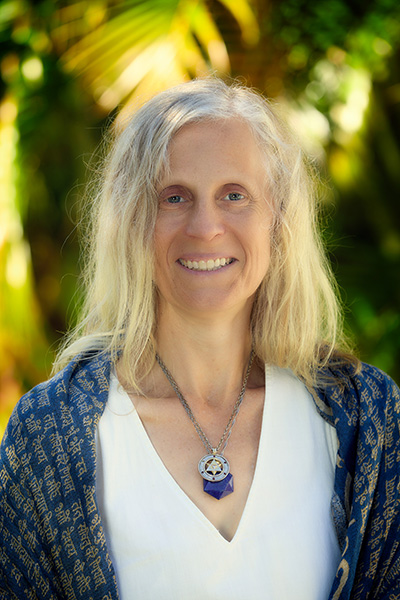
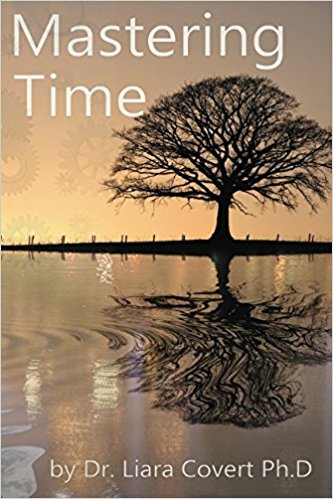
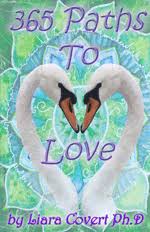



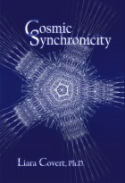
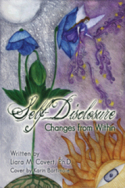


Reader Comments